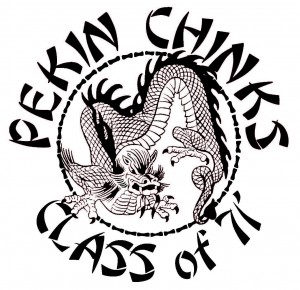Yuki Kokubo, a talented filmmaker and photojournalist whom I met at the Asian American Journalists Association convention in Detroit last year, certainly has been busy. She’s been working on a documentary about her hometown of Kasama, Japan, which is not far south of Fukushima, in the part of Japan devastated by the Great East Japan Earthquake on March 11, 2011. Kasama was hit hard by the temblor but spared by the tsunami. But the town is close enough to the meltdown at the Fuskushima Dai Ichi nuclear power plant that although residents didn’t have to evacuate, they may suffer long-term after-effects of radiation.
The documentary, which translates to “Made in Kasama,” focuses on Katsuji and Shigeko Kokubo, the filmmaker’s parents, who are artists who yearn to live simple, timeless lives making pottery and sculptures. Kokubo is able to capture their stately lifestyle in unhurried, exquisitely detailed camera shots.
Here’s her explanation for why she wants to make this film:
My parents and I moved from Japan to the U.S. when I was eight years old, and they moved back to Japan when I was sixteen. In the weeks following the horrible disasters in Japan, I came face-to-face with the distance that had grown between my parents and myself over the past two decades, not just geographically but also personally. My personal motivation behind this film is to get to know my parents better. Another goal I have for this film is to bridge the gap between the culture that is now mine, and the one I left behind. Many of us have read articles about the “quiet strength†and “resilience†of the Japanese people. I hope to make a film that will provide a window through which the viewer will gain better understanding of the Japanese psyche, and learn how the disasters have emotionally affected the people of Japan.
Here’s the critical fact about the funding for the film: As of yesterday, Kokubo had surpassed the Kickstarter goal of $20,000, with $20,703. However, her largest backer, at the executive producer ($5000) level may reduce his or her pledge because of a family emergency. If the pledges fall below the goal by March 31 (Saturday), Kokubo will lose ALL her funding.
So please take a look at the beautiful video above, and click to the Kickstarter page for “Kasama-Yaki.”
It would be a crying shame if Kokubo weren’t able to finish her film because at the last minute, a donor fell through.
March 29, 2012 update: Yuki reports the supporter who was on the brink of pulling out is going to “make it work,” but now another donor who pledged at a high level may change his mind and keep her from making the Kickstarter funding goal. So, keep the pledges coming — her situation is still precarious.











